Often referred to as 'living dinosaurs' due to their T Rex like legs and prehistoric lineage, the Cassowary bird is native to Northeastern Australia and New Guinea. Three living species are recognized to date, however, the Southern Cassowary is the most common and occupies the ancient rain forests, predating those of the Amazon and Congo, of Queensland Australia.
The Cassowary bird has a very distinctive appearance and is instantly recognizable due to their casques, horn like helmets on their heads, and beautiful coloring, hues of blue on the neck and head, and red wattles.


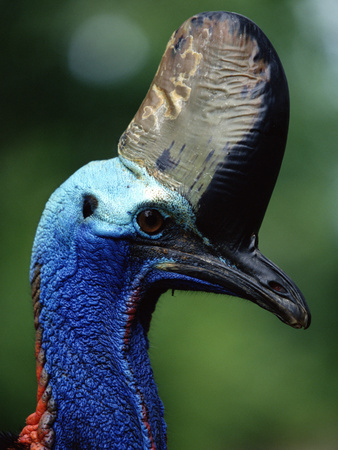


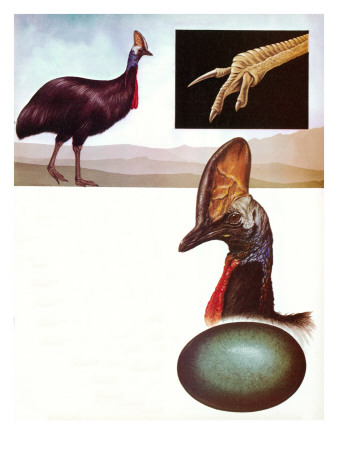
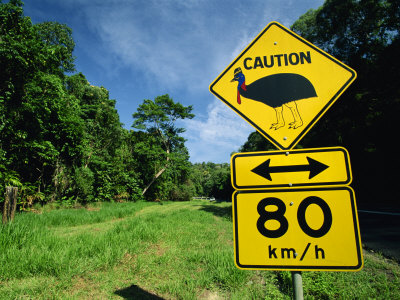
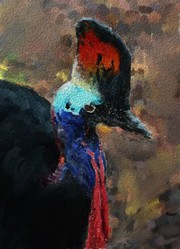

 A Colorful Journey: Comparing and Contrasting Mexican Folk Art With Polish Folk Arton 09/05/2024
A Colorful Journey: Comparing and Contrasting Mexican Folk Art With Polish Folk Arton 09/05/2024
 Exploring Traditional Japanese Tapestry Landscape Art: A Window into Nature’s Serenityon 09/01/2024
Exploring Traditional Japanese Tapestry Landscape Art: A Window into Nature’s Serenityon 09/01/2024
 Are Border Collies Really the Smartest Dog Breed?on 08/20/2024
Are Border Collies Really the Smartest Dog Breed?on 08/20/2024
 A Writer's Guide To Wizzley- A Gem of A Bookon 04/10/2013
A Writer's Guide To Wizzley- A Gem of A Bookon 04/10/2013

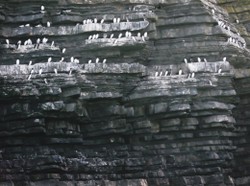
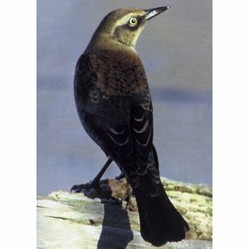
Comments
The destruction of their habitat had led to Cassowaries seeking food elsewhere, hence the roaming and traffic accidents. It could be argued that if their habitat had remained intact their numbers would not be dwindling. Moreover, the use of pesticides is hardly conducive to a healthy and thriving cassowary community.
As far as I'm aware, cassowaries are not highly sought roadkill. I could be wrong, however, are you aware of people hunting cassowary?
If they're down to 1500 is it due to getting run over or harvesting for eating?Are they just targets for hunters?
Thank you Mike. I hadn't heard of them either until I saw them on National Geographic. Yes, it's a shame, unfortunately being driven to the brink of extinction appears to be the fate of so many animals in general.
Never heard about the cassowary birds but they are quite interesting. It's sad that they are on the verge of extinction. Being flightless is a huge disadvantage though and unfortunately that was the fate of most flightless bird species around the world. Nice and informative article, Hollie.
YES! You said the word! I first discovered the Cassowary whilst watching a National Geographic program. The biologists were discussing the linage of the Cassowary and they mentioned, what I now believe to be the archaeopteryx . I'd taken notes during the program because I knew I was going to write about this bird, but for the life of me I could not read my own handwriting and decipher the name of the creature, amongst other things! They were talking about the same thing, the claw on the wing and they also conducted a postmortem on a Cassowary which had been hit by a car and killed. They examined parts of it's lungs and this is where the discussion relating to oxygen demands and how the bird had evolved.
Thank you, aa. More than two years later I now have the name. :D I also agree when it comes to geese, think I'd rather be confronted by a hungry Rottweiler.
That is a big bird! Interesting that they have claws on their wings. Reminds me of the archaeopteryx which is supposed to be the "original bird", thought to have evolved from dinosaurs, which also had claws on its wings. I've never been attacked by swans, but geese are fearsome creatures!
They are amazing birds, Cazort. I've never been attacked by a swan but I'm pretty sure it's a situation I'd want to avoid if at all possible.:)
I've read about these in my ornithology class, and they're fascinating. I would certainly not want to be attacked by one of them though--being confronted with a swan is scary enough.
Hi Ragtimelil,
Yes they can be really dangerous. I'd love to see one in real life but only if protected by a fence or some such. They are huge. Their colouring is amazing and yes, they are definitely awesome.
Wow. I had heard of them, but not their aggressiveness. I think I'd stay out of their way if at all possible. I didn't know that they were so large! Yes, and awesome too!